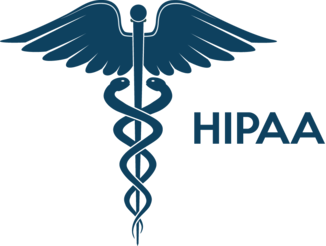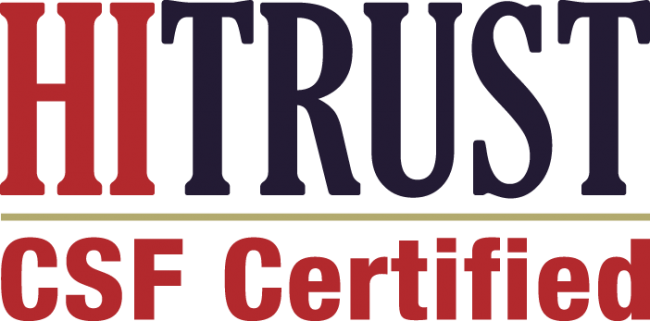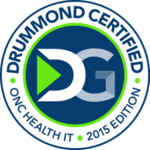Existing Patient Referral Management Workflow in Large Enterprise Hospitals
In order to understand how a patient referral works in a large enterprise hospital, let us consider a scenario,
XYZ hospital is a large enterprise hospital with 10,000 plus PCPs and specialists. It is a busy hospital that sends and receives 1000 plus referrals in a day.
- Mark visits the hospital – Mark hurt his leg and was bleeding. Even after three days, the wound did not heal. He visited his PCP, Dr. James. After examining Mark, Dr.James wants him to consult a diabetologist.
- Dr.James does the insurance pre-authorization – The PCP does the insurance authorization manually. He places a request with the insurance company and waits for their response. The process takes time and forces Mark to wait. After about four hours, Dr.James gets the consent of the insurance company for the diagnosis.
- Dr.James has difficulty finding the right specialist – St.Luke’s hospital had recently acquired a specialty clinic. Dr.James is not aware of the specialists recently added to the network. So he misses the famous diabetologist within the network and looks for someone outside the network. After considering many factors like the patient’s comfort, specialist’s availability, distance from the patient’s residence, specialist’s experience etc, he finally chooses a receiving provider.
- Dr.James sends the referral – Dr.James finally sends the referral to Dr.Hales after trying to reach the specialist office via phone. The line seems to be engaged. He looks for many other ways which will be easy to send referrals but to his disappointment, Dr.Hales accepts only referrals through phone or website.
- Dr.Hales schedules appointments – After receiving the referral, Dr.Hales schedules an appointment with the patient. Mark was not notified clearly about the appointment. So he fails to show up. It results in revenue loss for the specialist and patient dissatisfaction with the PCP. Mark who is still suffering from pain and waiting for the specialist to examine him. After two missed appointments, Mark finally visits the specialist.
- Referral progress updates and loop closure – Throughout the referral process, Dr.James is in the dark. Dr.Hales is busy and fails to give referral updates to Dr.James. He is anxious to know if Mark was taken care of. Without referral updates, Dr.James cannot close the referral loop.
Challenges faced by Enterprise Hospitals
- Insurance pre-authorization – The process of waiting for the insurance company to respond and approve the procedures or medication is time-consuming. If this process is automated it would save time and efforts of providers, insurance companies, and patients.
- Finding the right receiving provider – As many of the enterprise hospitals are joint ventures or acquisitions, the PCPs are not completely aware of the specialists within their network. Many times, the PCPs refer their patients to specialists out of their network. Finding the right provider outside the network is the greatest challenge as the PCP has to consider many factors. It is time-consuming and prone to errors when done manually.
- Patient Referral Leakage – When a PCP refers the patient out-of-network, it leads to referral leakage. PCP can avoid Patient referral leakage if the patient is referred within the network. When that is difficult, patient referral leakage is inevitable. If the patient is referred out-of-network and is not happy with the care given, the chances of the patient coming back to the PCP is less. Referral leakage causes revenue loss and patient dissatisfaction.
- Referral Analytics – As a large number of referrals flow in and out of the network, it is difficult to track the exact number. It is also tedious to track the number of referrals in various status and to close referral loops.
- Referral updates and referral loop closure – When PCP refers patients out-of-network, the chances of getting referral updates are minimal. The specialist is usually busy and does not update the referring provider about the referral. Referral updates are crucial in closing referral loops.
HealthViewX Patient Referral Management Workflow in Large Enterprise Hospitals
Let us consider the same scenario used earlier and see the benefit of HealthViewX referral software to the existing workflow in Large Enterprise Hospitals,
- Mark visits the hospital – Mark hurt his leg and was bleeding. Even after three days, the wound did not heal. He visited his PCP, Dr. James. After examining Mark, Dr.James wants him to consult a diabetologist.
- Dr.James does the insurance pre-authorization – The PCP does the insurance authorization in the HealthViewX application. HealthViewX places a request with the insurance company and coordinates with them thereafter. The process takes place quickly and gets over in about 15 minutes Dr.James gets the consent of the insurance company for the diagnosis.
- Dr.James finds the right specialist in no time – St.Luke’s hospital had recently acquired a specialty clinic. Dr.James is not aware of the specialists recently added to the network. He need not worry as the HealthViewX application is updated with the current list of providers. With the help of the Intelligent Smart Search feature, Sr.James found the right specialist in his network.
- Dr.James sends the referral – Dr.James sends the referral to Dr.Hales via HealthViewX application. It supports many channels of referrals like email, website forms, type-enabled pdf, fax, online forms, etc. With the HealthViewX solution, sending out referrals takes not more than five minutes.
- Dr.Hales schedules appointments – After receiving the referral, Dr.Hales schedules an appointment with the patient. Mark is notified clearly about the appointment. He meets the specialist on time and gets treated. This improves his satisfaction and Mark plans to visit the hospital in case of any illness.
- Referral progress updates and loop closure – HealthViewX application supports a Timeline View that is available to both the referring and receiving providers. It says all about the referral and its history. Dr.Hales is not required to update Dr.James as it is taken care of by the application. Without referral updates, Dr.James can close the referral loop without any delay. Dr.James can receive feedback about the referral from the patient and the specialist. Depending on their remarks, he can improve the process in future.
HealthViewX Patient Referral Management solution is the best choice for Large Enterprise Hospitals. Are you a Large Enterprise hospital looking for a referral management solution to solve your referral challenges? Schedule a demo with us. Our solution experts will be happy to guide you through our HealthViewX HIPAA compliant Patient Referral Management solution.






